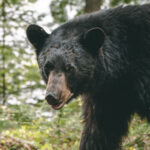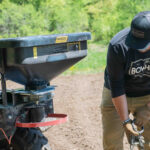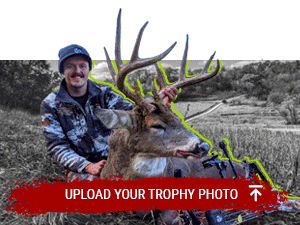Every bowhunter dreams of a perfect shot that brings a swift, ethical harvest and a sense of accomplishment that only comes from months of preparation.
But too often, the effort put into bowhunting practice doesn’t match the demands of real-world hunting situations. Whether you’re a dedicated bowhunter who keeps your bow in hand year-round or one of the many hunters whose thoughts shift to fall as spring turkey season wraps up, the urge to shoot and prepare for the next season quickly takes over.
I enjoy shooting my bow whenever I get the chance. But each spring, I also take time to devise a plan to improve—how can I shoot better? How can I make my practice routine more effective? The answer is simple: commit to being a bowhunter.
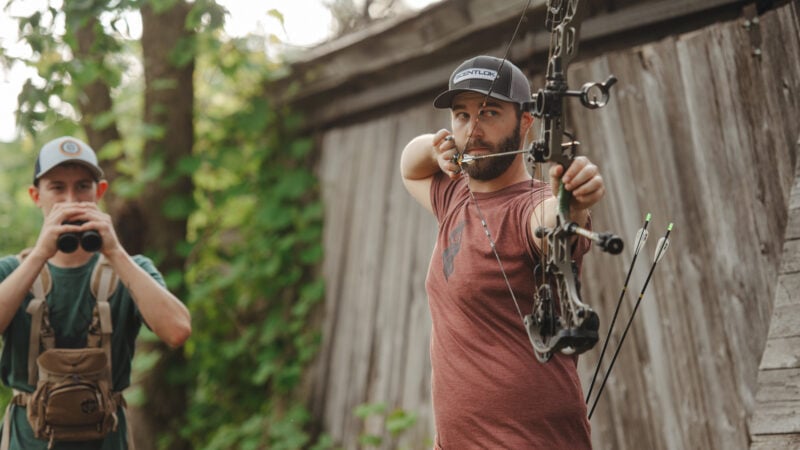
If the goal is to become a better archer, then yeah, you should probably be shooting every day, indoors, or in your backyard. Yet, if your main objective is to be a better bowhunter, you must have a plan specifically designed for bowhunting.
Practicing at 20 yards in perfect conditions with flat terrain, ideal weather, and a paper target may sharpen your aim, but it doesn’t prepare you for the dynamic, high-pressure moments you’ll face in the woods.
A better bowhunting practice routine requires more than repetition. It demands realism, intentionality, and a willingness to push beyond the comfort zone.
From dialing in your shooting mechanics to simulating unpredictable field conditions, here’s how to build a smarter, more effective practice routine that mirrors the challenges of the hunt.
Perfecting the Basics
Before diving into advanced drills and simulations of bowhunting, it’s important to ensure your foundation is solid. Consistent form is the bedrock of accurate shooting.
That means practicing the same draw length, anchor point, grip, and release every time you shoot. Slight variations in form create significant discrepancies in arrow flight, especially at longer distances.
Your equipment must be tuned to your specific shooting style alongside consistent form. Broadhead flight, arrow spine, and nock fit can all affect accuracy. Take the time to paper tune your bow, ensure your arrows are correctly spined, and confirm that broadheads and field points hit the same mark.
Distance variation is another overlooked but essential part of basic practice. Instead of always shooting at a comfortable 20 or 30 yards, include shots at 40, 50, and even 60 yards.
While you might not take a long shot in the field, training at longer ranges makes closer shots feel easier and reveals form issues that are harder to detect at short distances.
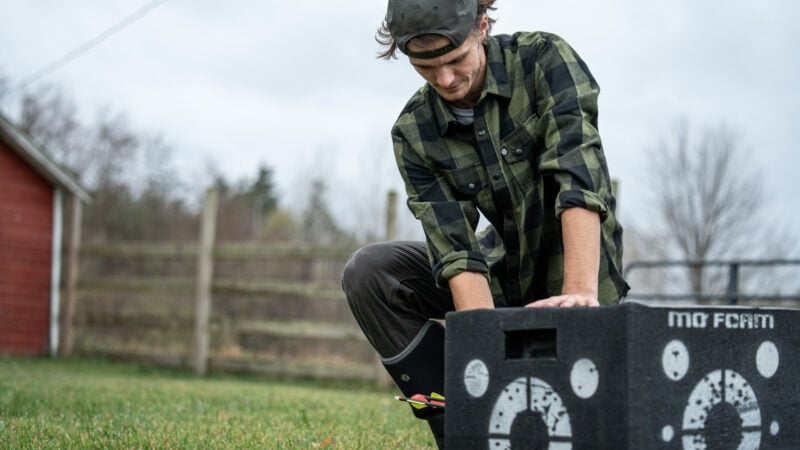
Realistic Bowhunting Practice Scenarios
Your practice should reflect whether you hunt from a treestand or a saddle. Shooting from an elevated position introduces angle compensation, altering both arrow trajectory and optimal shot placement.
Practice from your actual stand setup or a platform of comparable height. Last summer, I spent a lot of time hanging from a tree in my saddle in the backyard. I learned and practiced my anchor point and form adjustments in my saddle when leaning forward or shooting steeply downward.
Remember, the point of impact often shifts lower on angled shots, and aiming for the exit path, not just the entry, helps improve your chances for a quick kill shot when it’s time to hunt.
Ground Blind and Natural Cover Practice
Ground blind hunting introduces its own set of challenges. Tight shooting lanes, limited visibility, and constrained body movement require different types of practice.
Shoot while sitting or kneeling, paying attention to how body mechanics change in these positions.
If possible, practice from inside an actual blind or simulate one with brush and shooting windows to build familiarity with drawing and releasing in tight quarters.
Will your arrow clear the window, or make contact with the blind? The key is to eliminate any surprises by practicing from the ground blind before game day.
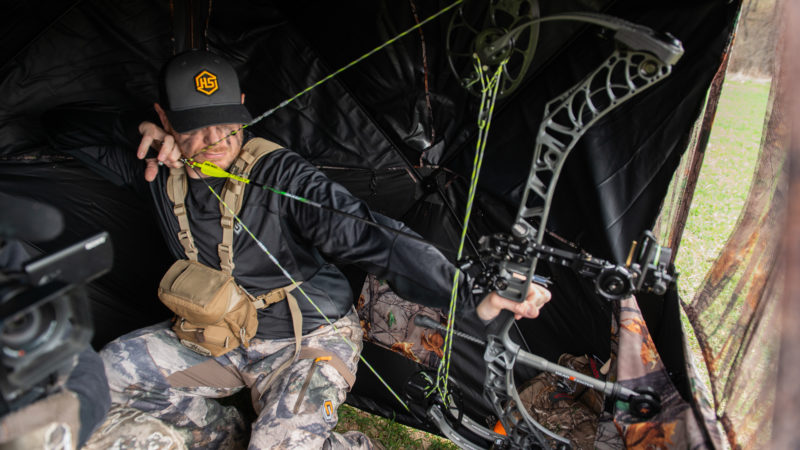
Practicing in Hunting Gear
It’s one thing to shoot well in a t-shirt; it’s another to do it while bundled in layers, wearing a safety harness, gloves, a face mask, and a backpack.
These elements can alter your form, affect your anchor point, and make it harder to shoot cleanly. Incorporate your full hunting setup into practice sessions, especially as the season approaches.
Yes, you may feel hot in the summer while wearing all your gear, but the more familiar you are with shooting in your actual gear, the fewer surprises you’ll encounter when it counts.
Simulating Hunting Conditions
Most game animals move at dawn and dusk, yet many bowhunters only practice during midday. To build real-world confidence, train during those same low-light windows.
Early morning and evening practice sessions help your eyes adjust to dim conditions, teach you how to acquire targets quickly, and allow you to evaluate your peep sight visibility and sight pin brightness in real hunting light.
Rain, wind, and cold temperatures are also part of the bowhunting experience—practice in less-than-ideal conditions to learn how your bow performs and how your body reacts.
Wind can alter arrow flight, while cold or heat can stiffen muscles and make your draw harder. By training in weather that mirrors your hunting season, you’ll develop the adaptability and mental toughness to shoot accurately no matter the conditions.
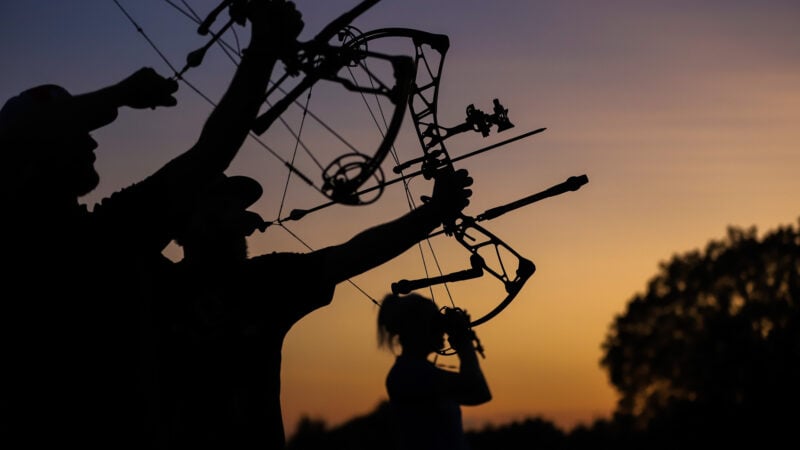
Moving and Unpredictable Targets
Rarely does a deer pose perfectly broadside and stand still. Incorporate movement into your training with swinging or rolling targets that simulate walking or quartering game.
Practice drawing, settling, and choosing the right moment to shoot or deciding not to shoot at all.
These drills sharpen judgment and train your brain to process real-time shot opportunities.
Building Mental and Physical Endurance
Heart-pounding moments are part of every hunt. To simulate that stress, incorporate high-heart-rate drills into your practice. Run a short sprint or perform a set of jumping jacks before drawing your bow.
You can also use a countdown timer to create pressure. These exercises mimic adrenaline surges and force you to control breathing, steady your aim, and focus through fatigue or nerves.
Holding at full draw is also a good practice. Animals don’t always cooperate. Sometimes, you’ll need to hold at full draw for 30 seconds or more, waiting for a clear shot.
Train for that reality by practicing timed holds. Draw and hold for increasing durations, starting with 10 seconds and working up to 60, then release accurately.
This builds strength and discipline for those moments when patience matters more than power.

Tracking Progress and Making Adjustments
Improvement requires awareness, like exercising or working out to better your body and health. Keep a shooting log that tracks each session to be a better bowhunter.
Record the distance, target type, weather, and number of shots, along with notes on performance. Over time, you’ll start to see patterns such as consistent misses at a certain distance or struggles with specific gear.
This feedback lets you adjust your practice routine to focus on real weaknesses instead of repeating what’s comfortable.
Your hunting experiences should also inform your practice. If you missed a shot due to low light, improper form, or the inability to hold at full draw, replicate that scenario in your next training session. Use your past hunts as lessons, not just memories.
Bowhunting success isn’t just about broadheads and camouflage; it’s about preparation. A realistic, intentional practice routine helps bridge the gap between the range and the field.
By perfecting the basics, training in real-world scenarios, simulating hunting stress, and tracking your growth, you’ll become a better archer and more ethical, effective bowhunter.

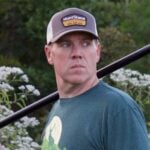 By
By 

